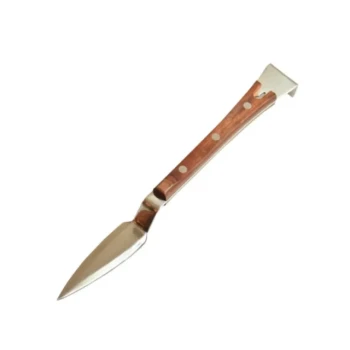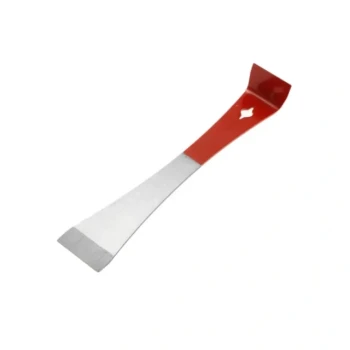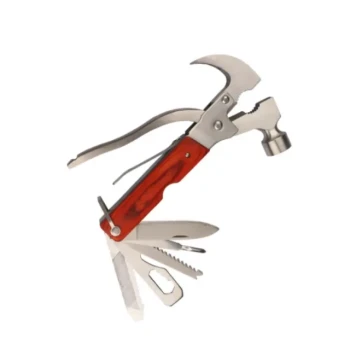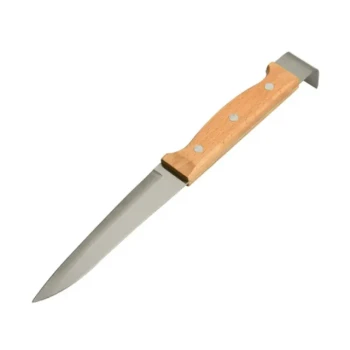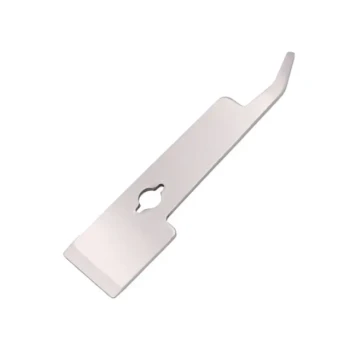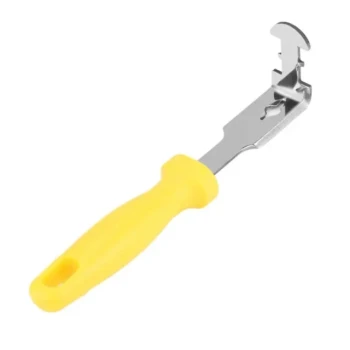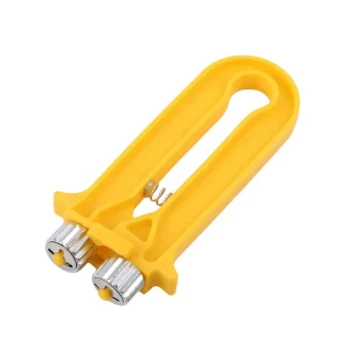Beyond the hive itself, a beekeeper's success and safety depend on a core set of specialized equipment. The most essential, non-negotiable tools are a protective bee suit, a bee smoker to calm the colony, and a hive tool for manipulating frames and hive components. These items form the foundation of effective and safe hive management.
The crucial insight for any new beekeeper is that you don't need a warehouse of gadgets. True readiness comes from mastering a few key tools that facilitate safety, calm interaction with your bees, and efficient hive inspection.
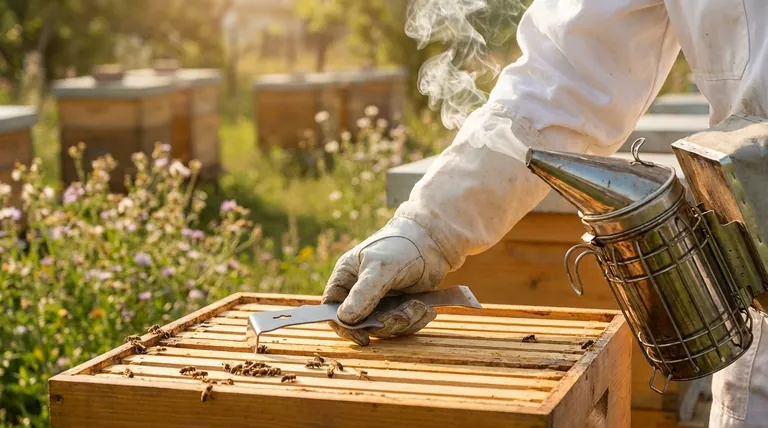
Essential Protective Gear
Your ability to work calmly and confidently directly impacts the temperament of your hive. Proper protective gear is not a sign of weakness; it is a prerequisite for good beekeeping.
The Beekeeping Suit
A full beekeeping suit is your primary line of defense against stings. Its purpose is to create a reliable barrier between the bee’s stinger and your skin.
Investing in a quality suit allows you to focus on the health of your colony without the distraction or fear of painful stings, leading to a safer and more enjoyable experience.
Core Hive Management Tools
Once you are protected, you need two fundamental tools to interact with the hive. These are used during every single inspection.
The Hive Tool
A hive tool is an indispensable piece of steel used for prying, scraping, and lifting. Bees use a sticky substance called propolis to seal every crack in their hive, essentially gluing boxes, lids, and frames together.
Without a hive tool, separating these components is nearly impossible and risks damaging the equipment and agitating the bees. Common types include the classic straight-end tool and the J-hook, which has a curved end specifically for lifting frames.
The Bee Smoker
The smoker is arguably the most important tool for fostering a calm working environment. A few puffs of cool, white smoke at the hive entrance and under the lid help mask the bees' alarm pheromones.
This natural response encourages the bees to gorge on honey and makes them significantly more docile, allowing you to perform inspections with minimal stress to the colony and yourself.
Equipment for Honey Harvesting
When the time comes to collect your honey, a different set of specialized tools is required to process the frames.
Uncapping Tools
Bees seal cells full of cured honey with a fresh layer of beeswax called "cappings." To extract the honey, you must first remove these cappings.
An electric uncapping knife heats up to slice cleanly through the wax. For any spots the knife misses, an uncapping fork or a spiked uncapping roller can be used to open the remaining cells.
Supporting Hive Equipment
While not needed for every inspection, other pieces of equipment play important roles in the health and expansion of your apiary.
The Hive Stand
A hive stand simply elevates the hive off the ground. This improves air circulation, protects the wooden base from moisture and rot, and makes it harder for pests like ants to gain access.
The Nucleus Box
A nucleus box, or "nuc," is a smaller, temporary hive box. It is essential for housing a newly purchased colony, raising a new queen, or splitting a strong hive to create a new one.
Understanding the Trade-offs
Navigating the world of beekeeping equipment can be confusing. The key is to distinguish between what is essential and what is optional.
The Cost of Unnecessary Gadgets
The market is full of specialized beekeeping equipment. As a beginner, it is easy to over-purchase. Focus your budget on high-quality versions of the core essentials: a good suit, a reliable smoker, and a sturdy hive tool.
The Danger of Skimping on Safety
Your protective gear is not the place to cut corners. A cheap suit or veil with gaps can lead to stings, which can ruin your confidence and make future inspections a source of anxiety. Invest in safety first.
Making the Right Choice for Your Goal
Your equipment needs will evolve with your experience. Prioritize your purchases based on your immediate goals.
- If you are just starting your first hive: Your non-negotiable toolkit is a quality bee suit, a smoker, and a hive tool.
- If you are preparing for your first harvest: You will need to add uncapping tools like an electric knife and a fork or roller to your kit.
- If your goal is to expand your apiary: A nucleus box will become essential for managing hive splits and housing new colonies.
Ultimately, mastering these fundamental tools is the first step toward becoming a confident and successful beekeeper.
Summary Table:
| Category | Essential Items | Key Purpose |
|---|---|---|
| Protective Gear | Full Bee Suit | Primary defense against stings for safe inspections. |
| Hive Management | Hive Tool, Bee Smoker | Prying components apart, calming the colony during work. |
| Honey Harvesting | Uncapping Knife/Fork | Removing wax cappings to extract honey from frames. |
| Supporting Equipment | Hive Stand, Nucleus Box | Elevating hives, managing splits & new colonies. |
Ready to equip your apiary with confidence? HONESTBEE supplies commercial apiaries and beekeeping equipment distributors with high-quality, durable beekeeping supplies through our wholesale-focused operations. Let us help you build a reliable toolkit that prioritizes safety and efficiency. Contact our team today to discuss your specific needs and streamline your operations.
Visual Guide
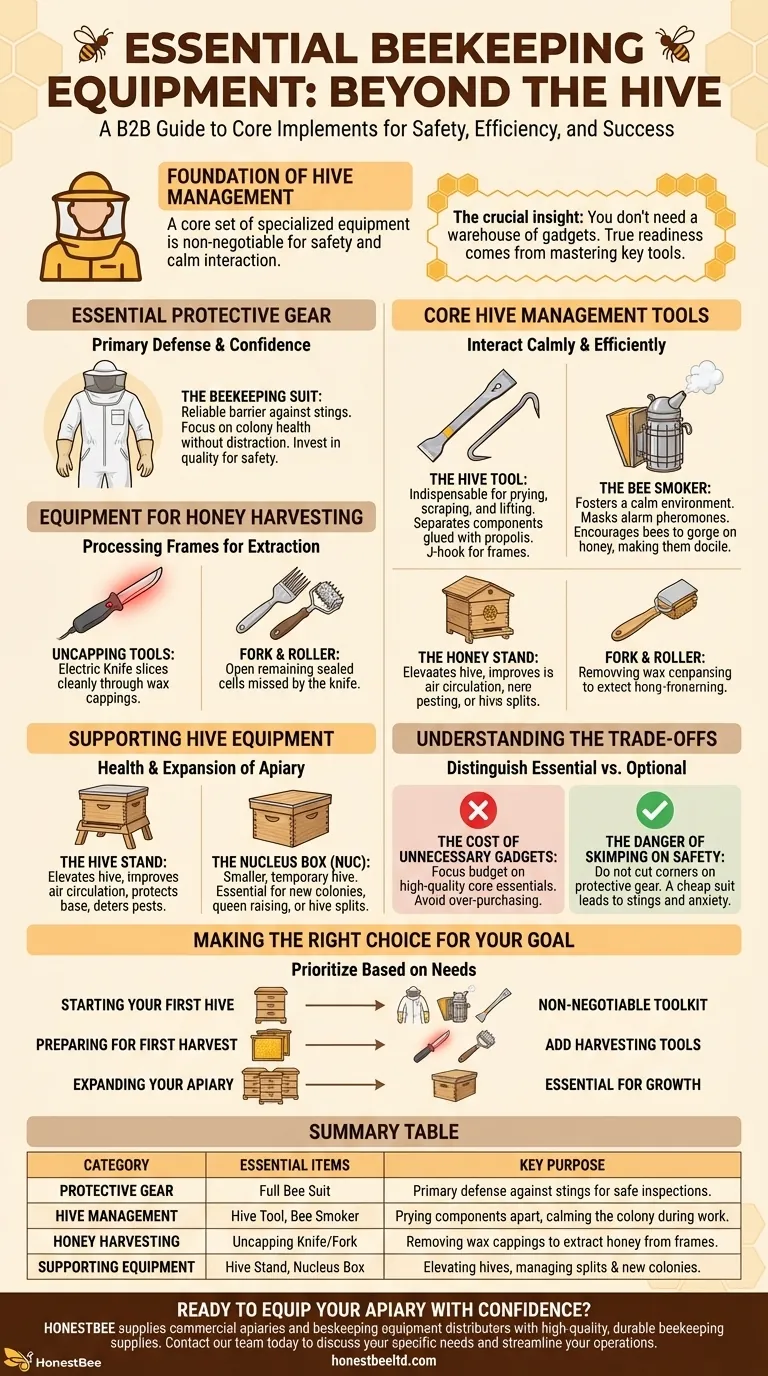
Related Products
- HONESTBEE Advanced Ergonomic Stainless Steel Hive Tool for Beekeeping
- Professional Stainless Steel Pry-Bar Hive Tool
- HONESTBEE Professional Long Handled Hive Tool with Precision Cutting Blade
- HONESTBEE Premium Italian Style Hive Tool with Hardwood Handle
- Professional Dual-End Stainless Steel Hive Tool for Beekeeping
People Also Ask
- How should beekeepers handle bees when using a hive tool? Master Calm, Deliberate Techniques
- What is a hive tool and what are its uses? Master Your Hive Inspections with the Essential Beekeeper's Tool
- What are the features of a regular hive tool? The Essential Multi-Tool for Every Beekeeper
- What tools are used for cleaning frames? A Beekeeper's Simple 4-Tool Guide
- Why is it important to compare the progress of different hives? A Beekeeper's Key Diagnostic Tool



